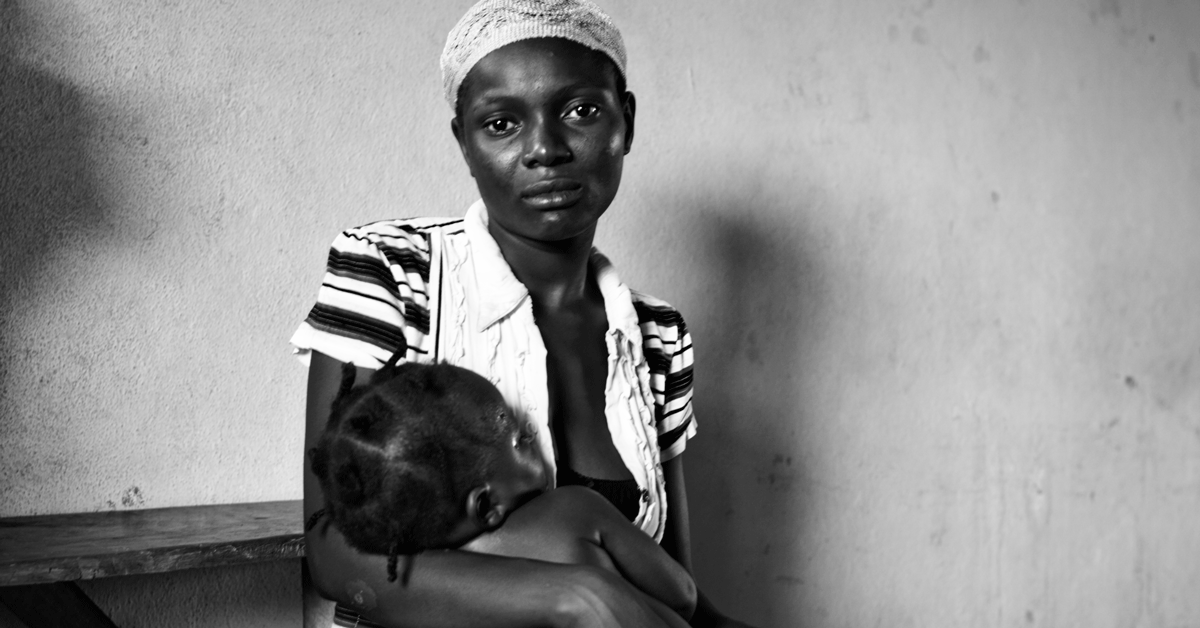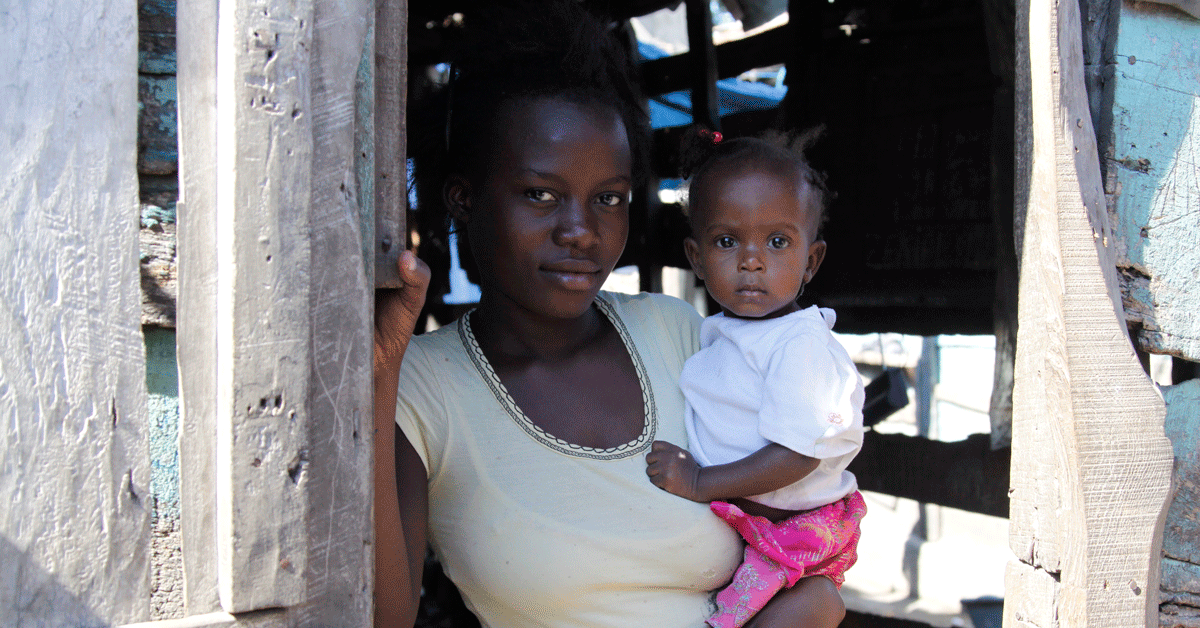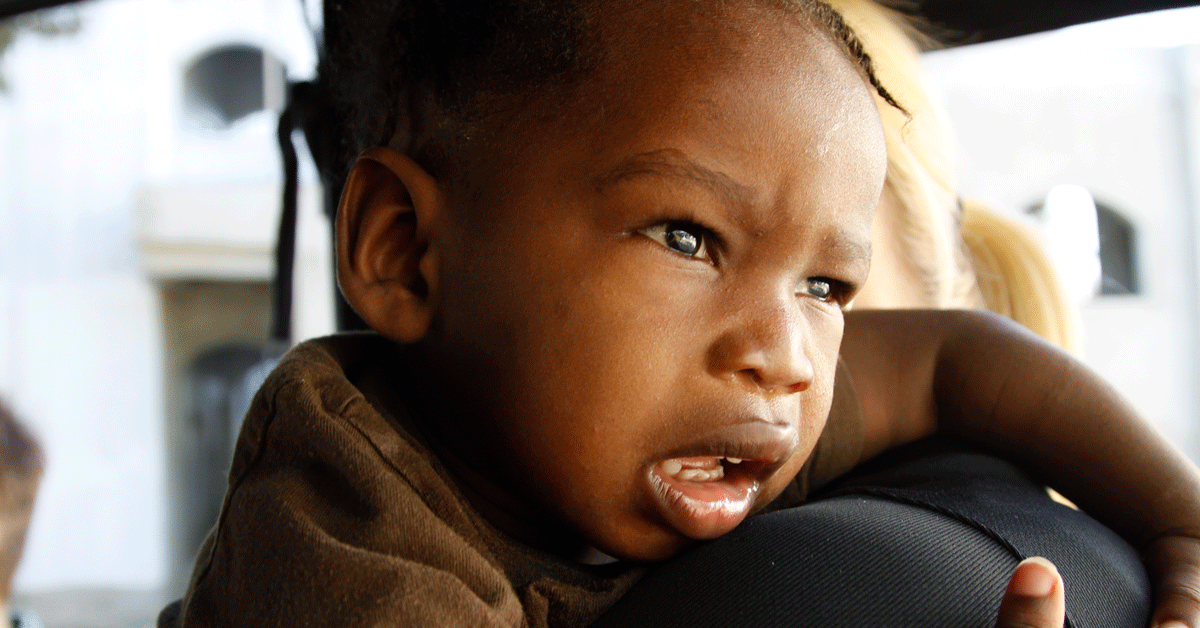I still remember the day a 7.0 magnitude earthquake rocked the country of Haiti.
I was just a freshman in college, watching between classes as the images of dust and debris filled the news and the horrifying death toll continued to rise. It was heartbreaking. My life would go on as normal … but for the people of Haiti, the nightmare was just beginning.
At the time, Haiti was the poorest country in the Western Hemisphere, and despite the influx of aid, the country was ill-equipped to deal with the damage.
Throughout the month of January 2010, the people of Haiti weathered one aftershock after another. By the time first responders finally stopped pulling bodies out of the wreckage several months later, a cholera outbreak began that would ravage the nation, resulting in more than 500,000 infections and thousands of deaths.

It seemed like the country couldn’t catch a break, and nearly a decade later, the people of Haiti are still struggling to survive. As they battle natural disasters and crippling poverty, another crisis has risen — threatening the lives of Haiti’s children.
Right now, two out of every three people in Haiti live on less than $2 a day. Poverty and a staggering lack of resources have left a majority of Haitians struggling to make it in the midst of a hunger crisis.
What is the situation?
Haiti wasn’t always in crisis. During the 18th century, the French colony was the world’s leading producer of coffee and sugar. Before declaring its independence, Haiti made so much money for France that the French called it the “Pearl of the Antillies.” Rich in beauty and culture, Haiti was thriving.
However, as of 2017, Haiti had the lowest rate of food availability in the world. And today, roughly 50 percent of the population is seriously undernourished.
The Global Hunger Index lists Haiti among the world’s hungriest countries and has ranked the severity of its food crisis as alarming.
Haiti’s children are bearing the brunt of the crisis. One out of every 14 children is expected to die from hunger-related issues before the age of 5. Millions of Haitians are starving — a far cry from the country’s early prosperity. So, what happened?
What is causing the hunger crisis?
Unfortunately, much of Haiti’s food supply is reliant on two things — agriculture and imports. Since only a small portion of the country’s fields are properly irrigated and protected, crops are susceptible to too much or too little rain.
And over the past decade, natural disasters have resulted in both.
The 2010 earthquake leveled the country, destroying cities and taking the lives of an estimated 230,000 people.
After the dust settled, the country struggled to rebuild. Many of the survivors were just children — young orphans who had no way to provide for themselves. Aftershocks and cholera outbreaks didn’t make it easy. And after 2010, the devastation continued.

Over the next several years, nearly 8,000 people died from cholera. In 2012, the country entered into a drought that would last for over three years, creating barren fields and empty bellies.
Then, in 2016, the country got more rain than it wanted. Hurricane Matthew flooded the nation, destroying what fields remained and causing a state of emergency. Over 800,000 men, women, and children were in critical need of food.
Many Haitian meals center around rice — a staple in countries around the world. However, it is a staple that has to be imported. This has left the country incredibly vulnerable to inflation. When the hurricane hit, the already poor nation found it impossible to afford the import fees. No food was growing, and little food was being brought in.
It was an equation that equals starvation. Today, the number of Haitians who are critically malnourished is in the millions, and many of them are children. Babies are born with no hope of survival, and parents are forced to watch as their little ones wither away.
What does hunger in Haiti look like?
At 18 months old, the average child should weigh between 22 to 26 pounds. Loubenson weighs only 16 pounds — two of which are from water retention, or edema.
Loubenson’s father works hard to support his family. He has two jobs — one selling charcoal and the other tending a local garden. However, despite his hard work, the family struggled to make ends meet and put food on the table. And every day, tiny Loubenson grows closer to dipping beneath his birth weight … a day closer to death.
But it isn’t just his low weight that is the problem. Because of an ongoing protein deficiency, Loubenson has developed kwashiorkor, a disorder that is common among people who have experienced prolonged seasons of malnutrition.
Born to a mother who was also malnourished, Loubenson has been nutrient deficient since birth. The kwashiorkor caused the edema, or swelling, in his stomach, and the results are incredibly painful.

One of the most devastating parts of the Haitian hunger crisis is the effect on children.
Wasting, stunting, and kwashiorkor are far too common, and babies that should be plump and energetic are lethargic, their faces hollow. The pain of hunger and starvation is so great, and the only way children that young can express their pain is through crying. The screams are horrible to hear — until suddenly they are not.
Without help, children like Loubenson will die an excruciating death. But you can put a stop to it.
What can you do to help?
The people of Haiti are starving, but there is something you can do to help. For just $40, you can help feed a starving child like Loubenson for an entire year, giving him a chance to grow up and give back to his community.
All around the world, children are waiting for emergency food to arrive. Parents are praying for a miracle — a miracle that you can help provide.
By helping send enough food for a year, you will give a starving child a year of health and a year of hope. You will allow him to begin escaping from the deadly grip of hunger and find the freedom that a full belly provides.
Will you help save a child’s life today?



